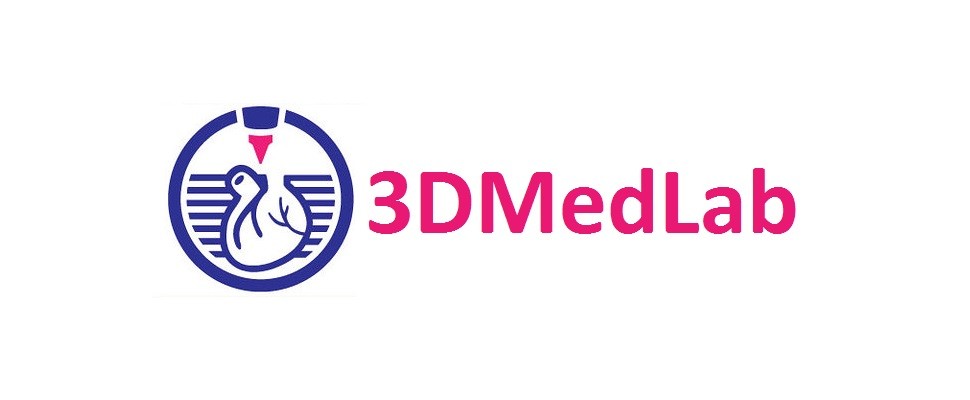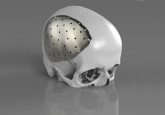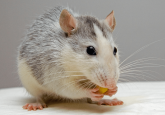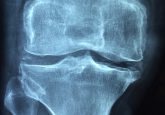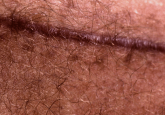Bioprinting method ‘sucks up’ tissue spheroids to form artificial living tissue
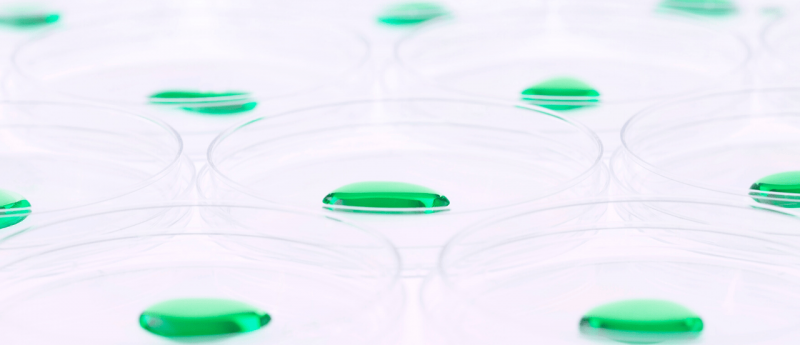
Researchers from Penn State University (PA, USA) have developed a new method of bioprinting, called aspiration-assisted bioprinting, to form artificial living tissue with or without a scaffold. A team from Penn State University (PA, USA) has used a combination of aspiration-assisted bioprinting -which 'sucks up' tissue spheroids - and micro-valve printing, in which biomaterial 'ink' is deposited layer-by-layer. This allowed them to control the exact location and distance between the tissue spheroids. "Tissue spheroids have been increasingly used as building blocks for fabrication of tissues, but their precise bioprinting has been a major limitation," explained Ibrahim Ozbolat (Hartz Family Career...
